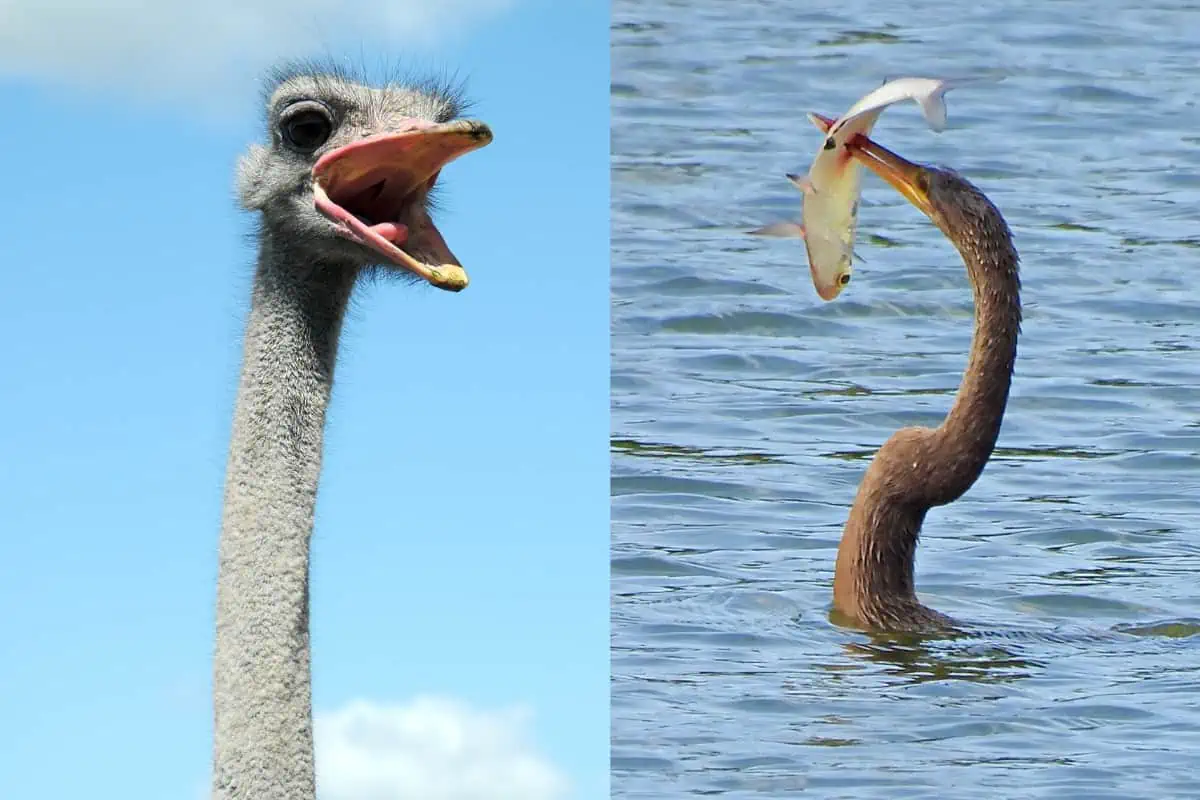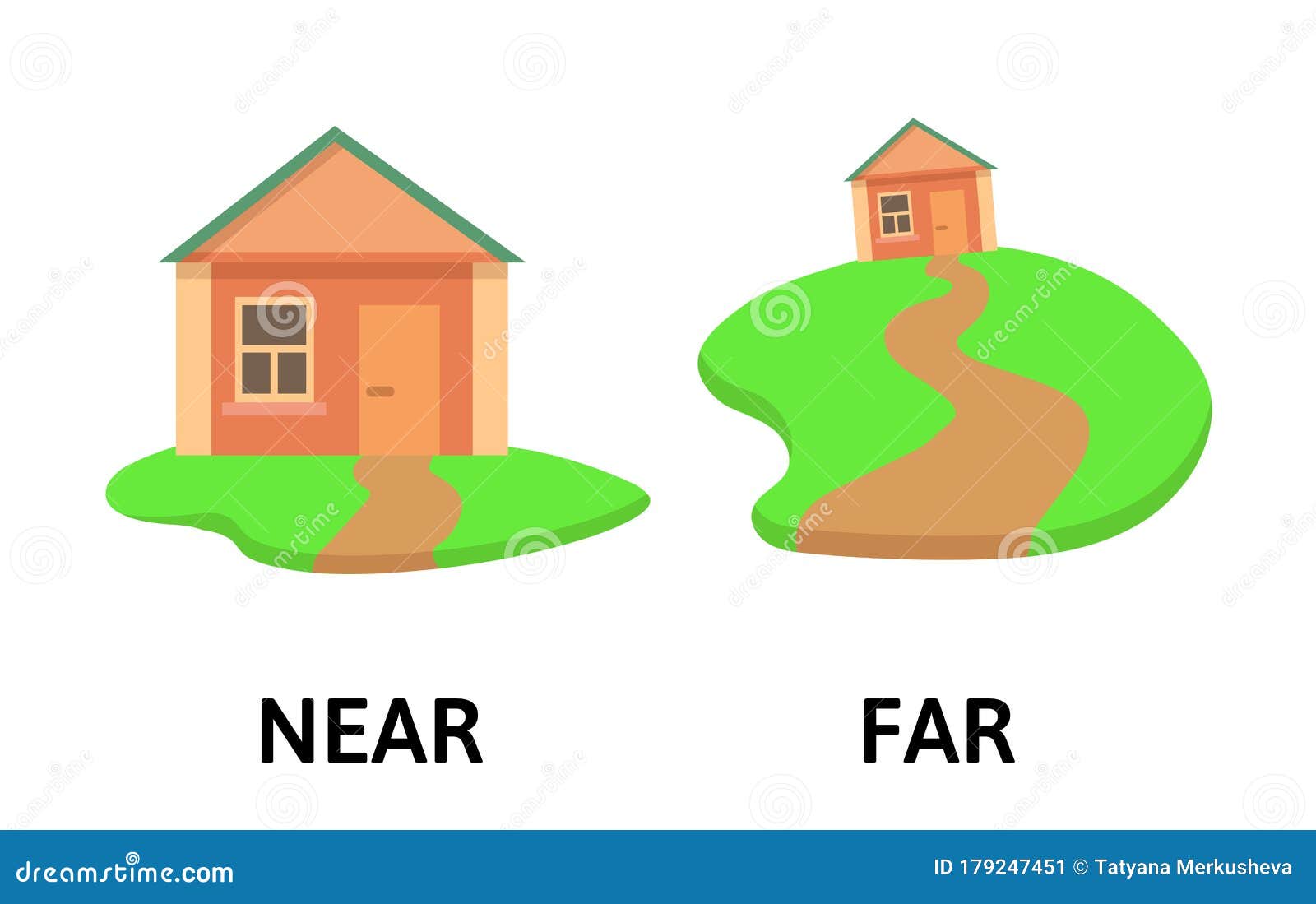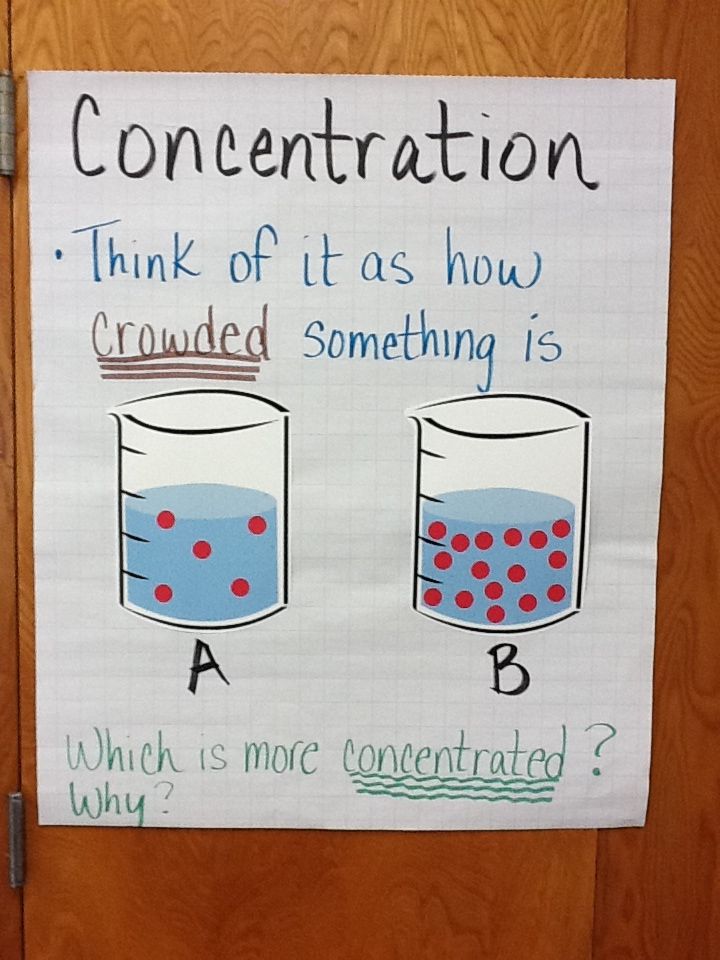Understanding the Essential Role of Producers at the Start of Every Food Chain
Introduction: What Is the Foundation of Every Food Chain?
Every ecosystem on Earth is built upon a complex network of energy transfer known as a food chain . Understanding what type of organism begins this chain is fundamental for students, researchers, and anyone interested in ecological health. The first organism in a food chain must always be a primary producer , also called a producer or autotroph [3] . These organisms are unique because they create their own food from non-living sources, powering the entire ecosystem above them.

Source: computerhope.com
Defining the Primary Producer: Autotrophs in Action
Producers are organisms capable of making their own nourishment. This is most often accomplished through photosynthesis , a process that converts sunlight, water, and carbon dioxide into sugars and oxygen [2] . Typical producers include:
- Green plants – grass, trees, shrubs
- Algae – found in freshwater and marine environments
- Cyanobacteria – commonly called blue-green algae, especially important in aquatic systems
Some producers use chemosynthesis , which relies on chemical energy from minerals instead of sunlight. These are usually found in extreme environments like deep-sea hydrothermal vents.
Why Can’t the Food Chain Start with Consumers?
Consumers -including herbivores, carnivores, and omnivores-cannot produce their own food. They depend on other organisms for energy. If a food chain began with a consumer, there would be no foundational source of energy, and the chain would collapse [4] . Only producers can transform energy from the sun or chemicals into a form usable by all other life forms in the ecosystem.
How Does Energy Flow from Producers to Other Organisms?
Energy in an ecosystem flows in one direction: from primary producers up through various trophic levels (steps in a food chain). Here’s how it works:
- Producers convert solar or chemical energy into organic matter.
- Primary consumers (herbivores) eat the producers.
- Secondary consumers (carnivores and omnivores) eat the herbivores.
- Tertiary and higher-level consumers eat other carnivores or omnivores.
- Decomposers break down dead matter, recycling nutrients back to the producers.
The entire system depends on the initial ability of producers to capture energy and make it available to all others [3] .
Practical Examples of Producers in Different Ecosystems
To better understand the role of producers, consider these specific examples:
- Grasslands: Grass acts as the producer, supporting animals like rabbits (primary consumers) and hawks (secondary consumers).
- Forests: Trees and shrubs are the primary producers; deer may be primary consumers, with wolves as secondary or tertiary consumers.
- Aquatic Environments: Algae and phytoplankton serve as producers; small fish eat them, which are then eaten by larger fish.
- Deep-sea Vents: Chemosynthetic bacteria are the producer base, supporting unique communities of tube worms and deep-sea fish.
Regardless of the environment, the pattern remains consistent: the first organism in the chain is always a producer.
How to Identify Primary Producers in Your Area
If you want to recognize or study producers in your environment, you can take these steps:
- Visit local parks, forests, ponds, or beaches and observe the green plants, algae, or visible microorganisms.
- Document their appearance, location, and abundance. Use field guides or apps to help with identification.
- In aquatic environments, look for floating algae or submerged plants. In the soil, cyanobacteria may be visible as a thin, blue-green film.
- For classroom work, grow bean sprouts or observe moss in a terrarium to see producers at work.
For advanced study, contact your state’s department of natural resources or a local university’s biology department for fieldwork opportunities.
Challenges and Complexities in Food Chains
While the rule that the first organism must be a producer is fundamental, real-world food chains can be complex. Some environments, like hydrothermal vents, rely on chemosynthetic bacteria instead of plants. In many ecosystems, food webs-interconnected food chains-better represent the true flow of energy. However, every path still begins with a producer [4] .

Source: alamy.com
Alternative Approaches to Studying Food Chains
If you are interested in exploring food chains in greater depth, consider these approaches:
- Construct simple food chains using local examples (e.g., grass → rabbit → fox).
- Research food webs in your region by consulting library resources or reputable online encyclopedias.
- Participate in citizen science projects related to ecosystems and biodiversity. Many organizations offer opportunities for public involvement-search for “citizen science ecosystem projects” through official university or non-profit channels.
- For educators, incorporate food chain and food web models into classroom lessons, using hands-on activities to illustrate the roles of producers, consumers, and decomposers.
These methods can deepen your understanding and appreciation for the foundational role of producers.
Key Takeaways: The Indispensable Role of Producers
In summary, the first organism in every food chain is always a producer -an autotroph capable of creating its own food, usually through photosynthesis or chemosynthesis [5] . Without these organisms, no higher life forms could survive, as all energy and nutrients must originate from this foundational level.
Additional Guidance and Next Steps
To further explore the importance of producers and food chains:
- Search online for reputable educational videos about food chains and food webs from organizations such as Khan Academy or National Geographic.
- Contact your local extension office or university for guidance on field identification of primary producers in your region.
- For classroom or homeschool projects, consider building a model ecosystem to observe energy flow firsthand. Many science supply stores offer kits for this purpose.
- If you are a student or educator seeking more technical resources, search for “primary producers in ecosystems” in peer-reviewed journals or university library databases.
If you require direct assistance or want to verify information about local ecosystems, you can also reach out to your state’s department of natural resources or environmental education centers. If using online resources, ensure they are provided by established educational institutions, government agencies, or recognized scientific organizations.
References
- [1] Study.com (2019). What is a primary producer in a food chain?
- [2] Wild Earth Lab (2021). Food Chains and Food Webs Explained.
- [3] Khan Academy (2025). Food chains & food webs (Ecology).
- [4] Khan Academy (2025). Food chains & food webs (General Science).
- [5] Expii.com (n.d.). Producer (Food Chain)-Definition & Role.



